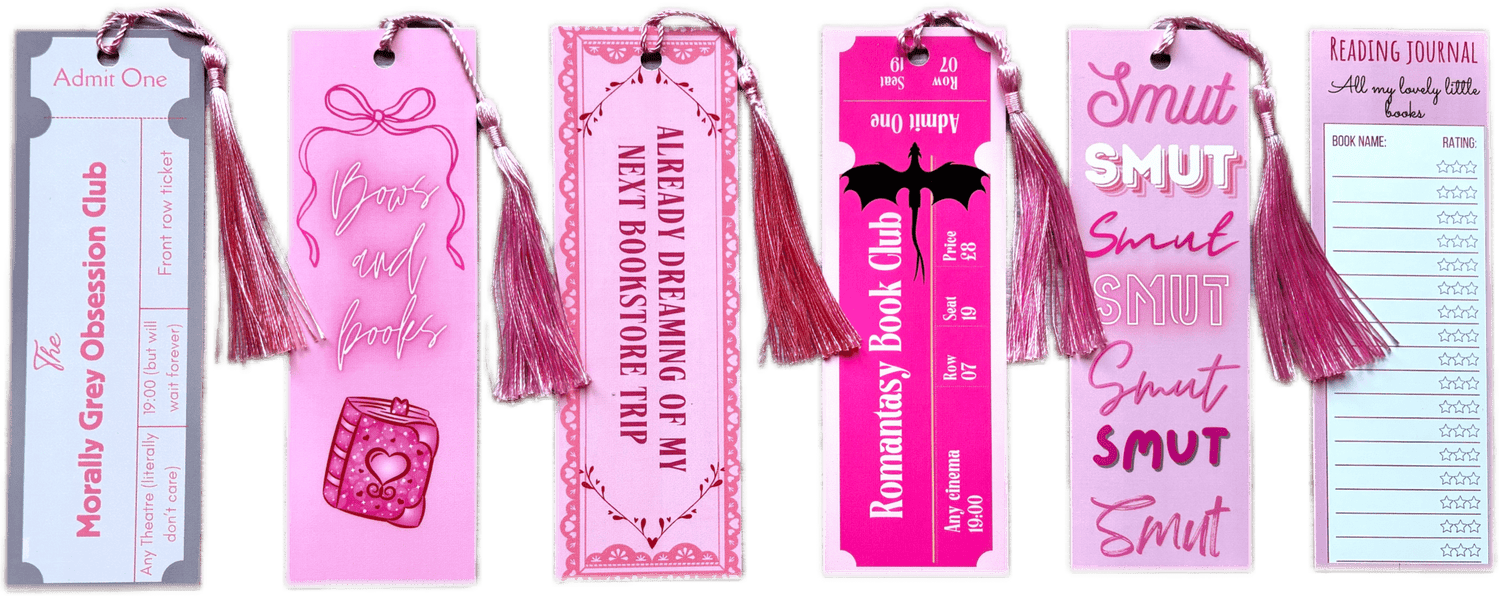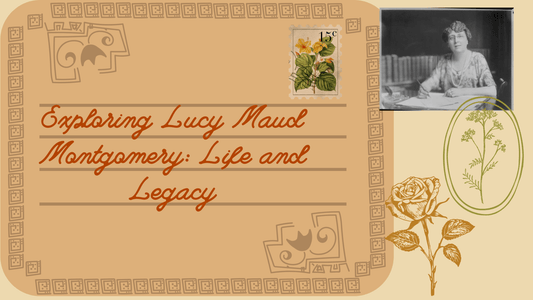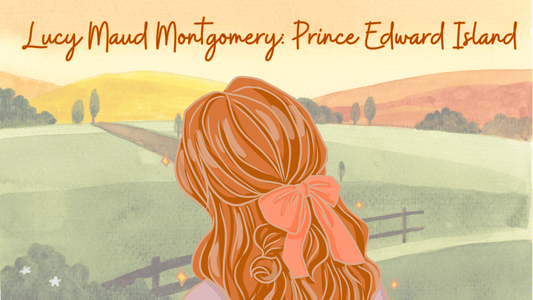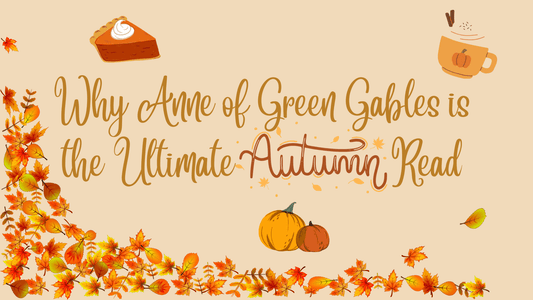Overview of the Novel
First published in 1813, Pride and Prejudice by Jane Austen remains one of the most beloved and enduring novels in the history of English literature...and I totally get why. Set in early 19th-century England, the story follows the spirited and intelligent Elizabeth Bennet (if you love Elizabeth Bennet as much as I do tap the link and read my blog all about her) as she navigates societal expectations, family dynamics, and the complexities of love. The novel masterfully combines romance, social commentary, and character-driven drama, making it a staple in Victorian literature and beyond.
At its heart, Pride and Prejudice is a keen observation of human nature. Austen’s wit and insight are on full display as she explores the subtle nuances of relationships, class dynamics, and personal growth. The interactions between Elizabeth Bennet and Mr. Darcy form the emotional and thematic core of the book, offering readers a compelling blend of miscommunication, moral reckoning, and eventual reconciliation.
Austen’s clever prose and timeless themes ensure that Pride and Prejudice continues to resonate with modern audiences. From its ICONIC opening line..“It is a truth universally acknowledged…” to its satisfying conclusion, the novel remains a cornerstone of 19th-century novels and an essential read for anyone interested in classic literature.
Historical Context and Author
Jane Austen wrote during the Regency era, a period marked by strict social hierarchies and limited roles for women. Born in 1775, Austen lived in a world where a woman’s future was often determined by marriage and inheritance. Her novels, including Pride and Prejudice, offered sharp critiques of these societal norms while maintaining a tone of elegance and wit. Interested to know where she lived and wrote her novels? Check out my blog post all about her life and home.
Austen was a pioneer among female writers. Though not fully recognised during her lifetime, her works later gained widespread acclaim for their depth and realism. Pride and Prejudice was initially published anonymously, as was common for female authors of the time, but its popularity quickly grew.
Austen’s intimate knowledge of country life, combined with her keen eye for social behaviour, allowed her to craft characters and situations that felt both authentic and satirical. While often associated with romantic plots, her novels go far deeper, exploring the intersections of gender, class, and morality in 19th-century England.
Main Characters of Pride and Prejudice
Elizabeth Bennet: The Protagonist
Elizabeth Bennet is widely regarded as one of the most iconic heroines in British literature. I just LOVE her. Intelligent, independent, and quick-witted, Elizabeth challenges the traditional expectations placed upon women of her time. Her refusal to marry for convenience and her insistence on respect and compatibility in a relationship mark her as a progressive and admirable figure.
Elizabeth’s journey is one of self-discovery. Initially prejudiced against Mr. Darcy based on his pride and her own misconceptions, she eventually learns to see beyond first impressions. This growth highlights one of the novel’s central themes—the importance of reflection and open-mindedness in both love and life. Explore our other related blogs!

Pride and Prejudice Wax Melts for Book Lovers
Mr. Darcy: The Complex Hero
Fitzwilliam Darcy, often simply known as Mr. Darcy, begins the novel as a seemingly aloof and arrogant aristocrat. However, as the story unfolds, readers—and Elizabeth—come to see a man of deep integrity, loyalty, and emotional complexity. His initial pride masks a shy nature and a strong moral compass.
Mr. Darcy’s transformation is one of the most compelling aspects of the novel. Motivated by love and a desire to do what is right, he overcomes his own prejudices and helps resolve key conflicts in the story. His evolving relationship with Elizabeth is both believable and satisfying, demonstrating how love can inspire personal growth.
Themes Explored in the Novel
Love and Marriage
One of the novel’s most prominent themes is love and marriage. Jane Austen critiques the transactional nature of many marriages during the 19th century, emphasizing the importance of affection, compatibility, and mutual respect. Through various couples—Elizabeth and Darcy, Charlotte and Mr. Collins, Jane and Bingley—Austen presents a nuanced look at the different motivations and outcomes in relationships.
Class and Society
Social class plays a central role in Pride and Prejudice. Characters are often judged by their wealth, lineage, or status, and Austen uses this to expose the absurdities and injustices of the class system. Elizabeth’s defiance of social expectations—particularly her rejection of Mr. Collins and initial resistance to Darcy—challenges the rigid structures that governed society at the time.
Impact of Pride and Prejudice on Literature and Culture
Influence on Later Works
Pride and Prejudice has had a profound impact on Victorian literature and continues to influence writers today. Its blend of romance and realism set a new standard for character-driven storytelling. Authors such as Charlotte Brontë, George Eliot, and even contemporary novelists have drawn inspiration from Austen’s keen insight into human behavior.
The novel also helped redefine the romantic heroine. Elizabeth Bennet’s assertiveness and moral clarity paved the way for more complex and empowered female characters in literature. Her legacy can be seen in modern fiction, where flawed yet strong female leads continue to resonate with readers.
Adaptations in Film and Media
The popularity of Pride and Prejudice has led to numerous adaptations in film, television, and even modern reinterpretations. From the iconic 1995 BBC miniseries starring Colin Firth to the 2005 film adaptation with Keira Knightley, each version offers a fresh perspective while staying true to the novel’s essence.
The story has also inspired creative retellings like Bridget Jones’s Diary and Pride and Prejudice and Zombies, showcasing the novel’s versatility and ongoing cultural relevance. These adaptations not only keep Austen’s work alive but also introduce her themes to new generations of audiences around the world.
The Enduring Legacy of Pride and Prejudice
Over two centuries since its publication, Pride and Prejudice remains a cornerstone of 19th-century novels and a shining example of British literary brilliance. Jane Austen’s incisive social critique, unforgettable characters, and elegant prose continue to captivate readers and scholars alike.
Elizabeth Bennet and Mr. Darcy have become cultural icons, representing the complexities of love, identity, and personal growth. The novel’s themes of love and marriage, class, and social expectation are as relevant today as they were in Austen’s time.
Whether you’re encountering it for the first time or revisiting it with fresh eyes, Pride and Prejudice offers a rich, rewarding reading experience that speaks across generations—a true literary classic that endures through its wit, wisdom, and heart.
And if you’re as enchanted by Pride and Prejudice as I am, you’ll love our Jane Austen-inspired wax melts. Each scent is paired with a timeless quote—from Elizabeth Bennet’s sharp wit to Mr. Darcy’s heartfelt confessions. Whether you’re curling up with a good book or just want your home to smell like the English countryside, our wax melts bring a little Austen magic into your everyday life. As Jane herself once wrote, "There is nothing like staying at home for real comfort." Why not make that comfort smell divine, too?










